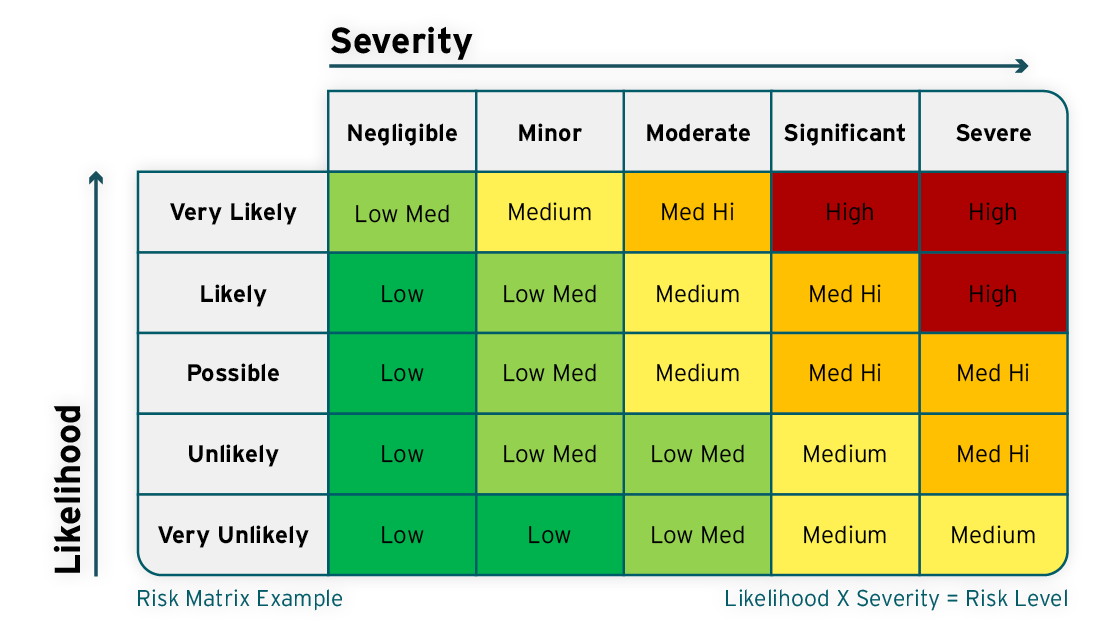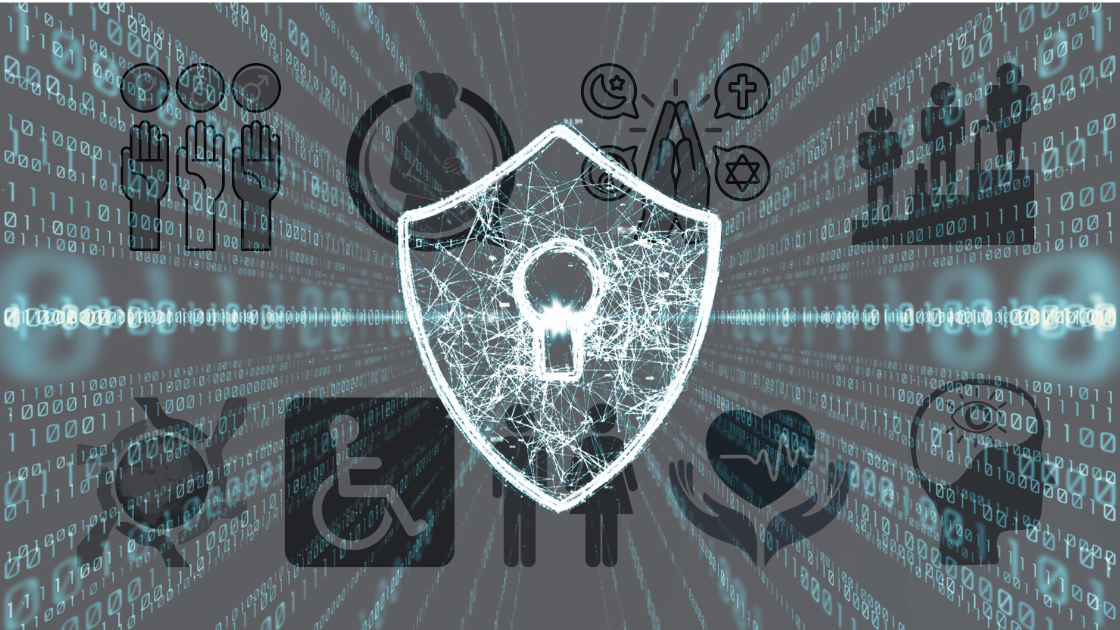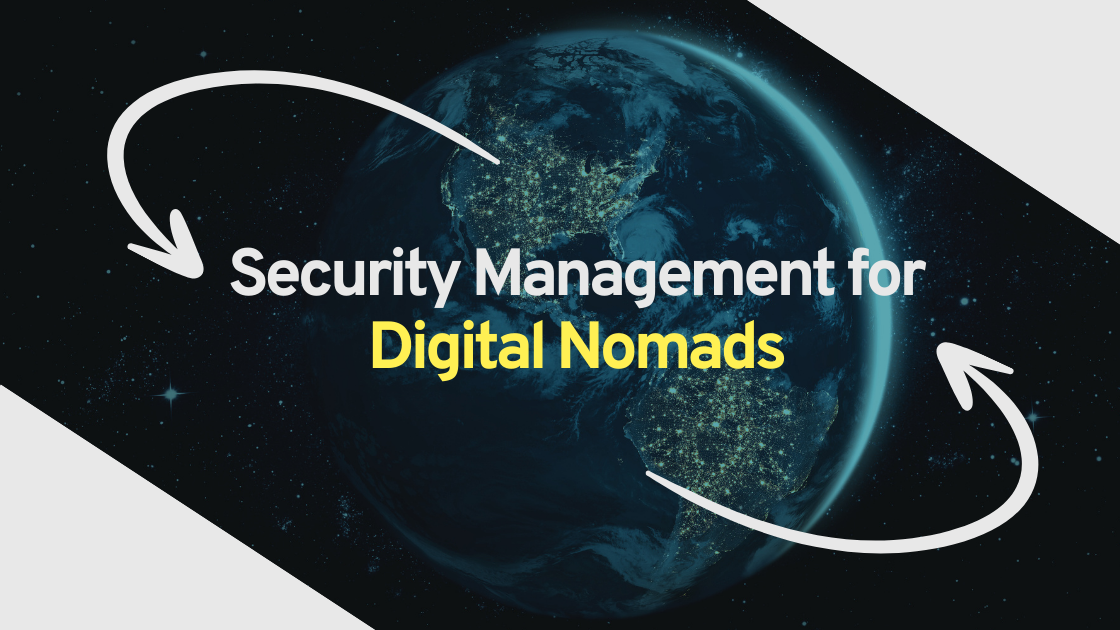Producing a Robust and Suitable Risk Assessment
A risk assessment is a methodological approach to identifying foreseeable hazards and reduce them by implementing control measures. In many countries, a risk assessment is a legal requirement. In the UK, for instance, the Health and Safety Executive mandates that all employers and self-employed individuals must carry out a risk assessment on work environments and processes. For organisations with more than five people in employment, an official recording of the assessment is required.
For more information about your legal obligation to fill out a risk assessment, please see this article on our website.
In addition to legal requirements, risk assessments also make good business sense. Employers often use risk assessment systems for the following reasons:

- They prioritise the wellbeing of their people and want to ensure no harm comes to their employees and contractors.
- They aim to reduce the high costs of managing a high rate of injuries and fatalities. Sick pay and compensation costs can run into the millions. Not to mention the issue of low morale in a vulnerable workforce.
- Insurance coverage is increasingly dependent on having a robust risk assessment process in place.
- Reducing legal costs and punitive legislative risks. Dealing with the fall out of an injury/fatality can result in huge legal costs and if found negligent, fines. In some countries such as the UK, if the management is found negligent in their duty of care, they can face charges of gross negligent manslaughter.
A robust and suitable risk assessment will generally include the following:
- Scope and Objectives:
Begin by articulating a clear statement of purpose, delineating the boundaries, and laying out the overarching goals of the risk assessment.
- Threats and Vulnerabilities:
Dive deep into the identification and documentation of potential threats and vulnerabilities that could pose risks to the people or workplace. These threats encompass a wide spectrum, ranging from general health, safety and welfare considerations to security issues like unauthorised access, malware and hacking. Additionally, consider personnel threats, including insider risks and environmental threats, such as those arising from natural disasters. This comprehensive assessment ensures a holistic understanding of the risks at hand.
- People and/or Assets at Risk:
Record the individuals (including third parties) that stand in the line of fire, potentially susceptible to harm or compromise. This includes physical assets like hardware and facilities, and information assets such as data. It goes without saying that people safety should always be the priority.
- Risk Likelihood and Impact:
Understand the likelihood and potential impact associated with each identified risk. This step allows a proportional prioritisation of the mitigation measures and offers a quantifiable measure of the risks, which in turn facilitates informed decision-making. Many organisations use a risk matrix as a visual aid to create better understanding.
- Existing Controls and Risk Mitigations:
Review existing safeguards and controls already in place to mitigate identified risks. This could include personnel experience, training and awareness in conjunction with polices and standard operating procedures. Also cover physical controls like access restrictions, barriers and technology such as security cameras or tracking capability to ensure quick response. Mitigations should be practical and feasible in the context of the organisation’s risk tolerance and overarching objectives.
- Risk Residuals:
Highlight any residual risk that may persist even after the implementation of recommended controls. This ensures that the organisation is aware of the potential remaining risks and can make informed decisions about whether they are within acceptable bounds.
- Assumptions and Limitations:
Transparently note any assumptions made during the risk assessment process and highlight any limitations that may affect the accuracy or completeness of the assessment. These assumptions and limitations provide context and clarity, aiding in the interpretation of assessment results.

Depending on the complexity of your industry or sector you may be required to have numerous assessments in place and managing them can be a challenge. It is good policy for all organisations to record and store their assessments, as you never know when you will need to demonstrate evidence of safe working practices. That’s why many organisations are embracing digital risk assessment solutions.
Now that you understand the critical role of risk assessments in safeguarding both your people and your organisation’s future, it’s time to act. Embark on your risk assessment journey today, and let safety lead the way to success.
At RiskPal, we empower safety and security leaders to drive safety engagement within their organisation. RiskPal is a smart risk assessment platform that streamlines safety processes. It not only provides users with best practice guidance for hundreds of scenarios, allowing them to ensure risk controls are robust, but makes past assessments easy to find and use again. Making scrolling through inboxes searching for old forms and tedious bureaucracy a thing of the past.
We are dedicated to making safety simple and compliance straight forward. Reach out if you have any questions or need assistance in enhancing your safety and risk management processes.




